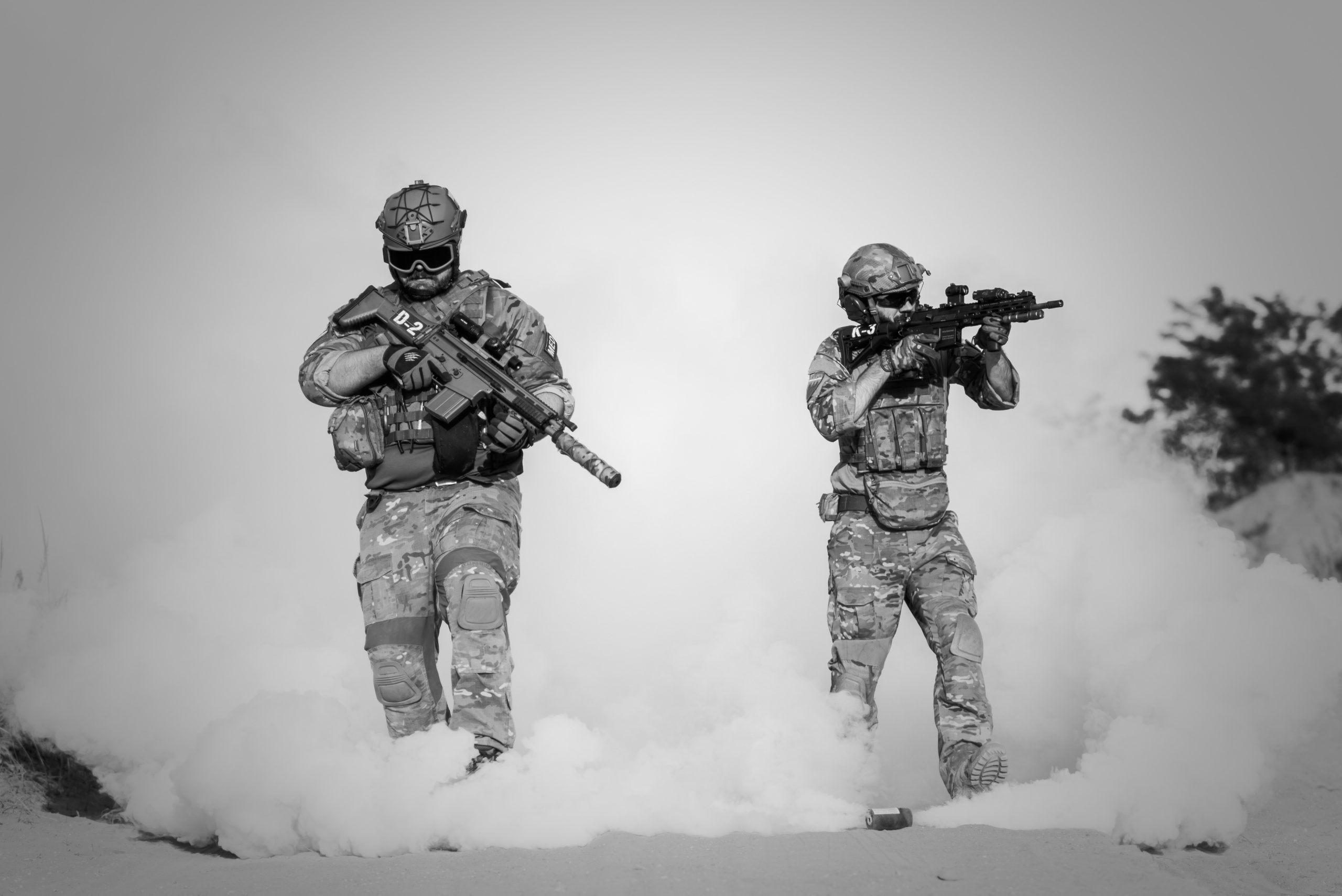As technology continues to advance, so do the tactics used in conflict. From cyberattacks to drones, the Russia-Ukraine conflict has seen a significant evolution in its methods. In this blog post, we’ll explore how both sides have adapted and what it means for the future of warfare. Get ready for an insightful journey into modern warfare!
The history of the Russia-Ukraine conflict
The Russia-Ukraine conflict is a long-running dispute between the two countries that has its roots in the early 1990s. The conflict began as a struggle over the status of the Crimean peninsula, which was part of Russia until 1954 but became part of Ukraine when the Soviet Union dissolved in 1991. Russia sought to maintain control over Crimea, while Ukraine wanted it to be an autonomous region within the country. The dispute escalated into a full-fledged war in 2014 when Russian forces seized control of Crimea and pro-Russian separatists in eastern Ukraine began an insurgency against the Ukrainian government.
Since then, the conflict has resulted in thousands of deaths and has displaced millions of people. It has also had a major impact on relations between Russia and the West, with both sides imposing economic sanctions on each other. The conflict continues to this day, with no end in sight.
How cyberattacks have been used in the conflict
In recent years, the Russia-Ukraine conflict has taken on a new form: cyberattacks. These attacks have been used to target critical infrastructure, media outlets, and government institutions in Ukraine. In some cases, these attacks have resulted in physical damage and loss of life, as was the case with the NotPetya attack in 2017. This evolution in tactics has made the conflict more difficult to resolve, as traditional methods of deterrence and response are less effective against these kinds of attacks.
Cyberattacks were first used in the Russia-Ukraine conflict in 2014, when Russian hackers targeted Ukrainian media outlets and government websites. These attacks increased in frequency and sophistication over time, culminating in the NotPetya attack, which caused over $10 billion in damages and disrupted critical infrastructure across Ukraine. While the Ukrainian government has responded to these attacks with increased investment in cybersecurity, they have been unable to prevent or effectively deter further attacks.
The use of cyberattacks in the Russia-Ukraine conflict has raised concerns about the potential for similar tactics to be used against other countries. The international community has condemned these attacks and called for an end to them, but so far there has been little progress towards resolving the conflict.
The use of drones in the conflict
In recent years, the use of drones in conflict zones has increased dramatically. Unmanned aerial vehicles (UAVs) offer a number of advantages over traditional aircraft, including the ability to stay in the air for long periods of time and to reach areas that are difficult or dangerous for manned aircraft to access.
The use of drones in the Russia-Ukraine conflict is a perfect example of how these weapons can be employed in a modern conflict. Russia has used drones to great effect in its fight against Ukrainian forces, using them for reconnaissance, surveillance, and even attack missions.
One of the most notable uses of drones in this conflict was the downing of a Ukrainian Su-25 fighter jet by a Russian-operated drone in July 2014. This incident showed just how effective these weapons can be when used in combat situations.
Since then, both sides have made extensive use of drones in their ongoing struggle. The Ukrainian military has used them to target Russian positions and equipment, while Russia has continued to use them for reconnaissance and surveillance missions.
The use of drones is likely to continue to increase in future conflicts as their capabilities continue to improve. They offer a versatile and effective way to conduct military operations, and it is clear that they will play an important role in future conflicts.
The future of the Russia-Ukraine conflict
The future of the Russia-Ukraine conflict looks to be more of the same. Russia will continue to use cyberattacks and drones to destabilize Ukraine and undermine its government. These tactics have been effective in the past and there is no reason to believe that they will not continue to be effective in the future.
Ukraine will continue to try to counter these attacks, but it will be an uphill battle. The country is not as developed as Russia and does not have the same resources at its disposal. This means that it will likely continue to suffer from Russian aggression for the foreseeable future.









